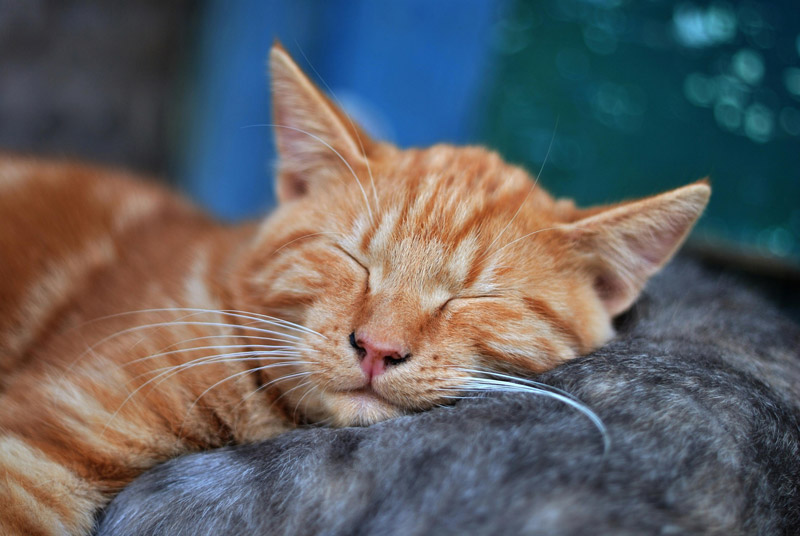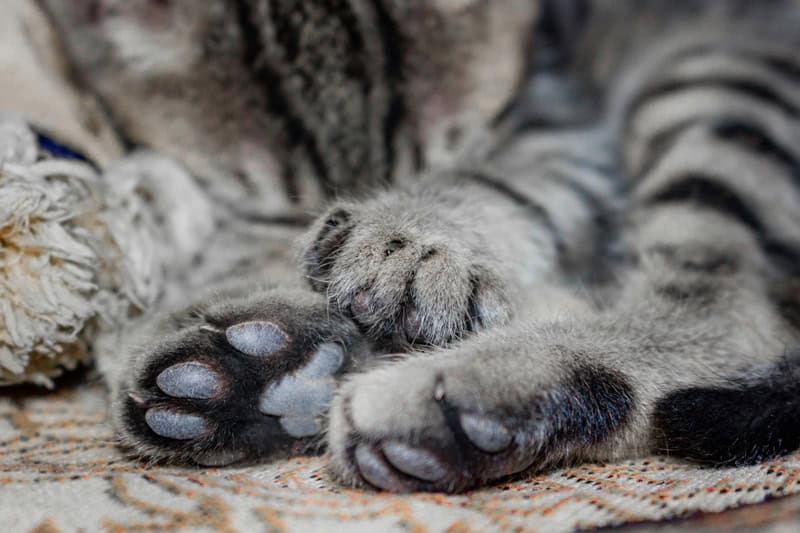
Nobody wants to think about their furry friend’s final chapter. Trust me, I get it—when my tabby Whiskers started showing subtle changes, I spent weeks convincing myself it was just “normal aging.” But understanding the dying cat stages can help you provide the best possible care during your cat’s final journey.
Let’s walk through what you need to know, because being prepared isn’t giving up hope. It’s being the loving cat parent your feline deserves.
Cats typically go through three distinct phases when they’re nearing the end of life. Now, every kitty is different—some might skip stages, others might linger longer in one phase. Think of this as a roadmap, not a rigid schedule.
This is when you might start noticing those subtle signs your cat is dying, but they’re easy to dismiss as “just getting older.” Your cat might seem a bit off, but they’re still somewhat themselves.
During this stage, many cat parents ask themselves, “Is my cat just aging, or are these signs my cat is dying?” The answer isn’t always clear, which is why regular vet checkups become crucial.
This is when things become more obvious. The signs a cat is dying become harder to ignore, and you might find yourself googling “my cat is dying how long will it take” at 2 AM. Been there.
This final stage answers the heartbreaking question many cat parents have: “My cat is dying how long will it take?” Usually, this stage lasts anywhere from a few hours to a couple of days.

Sometimes the signs are subtle. Other times, they hit you like a freight train. Here’s how to know if your cat is dying without second-guessing yourself into paralysis.
You know your cat better than anyone. That nagging feeling that something’s off? Don’t dismiss it. I remember looking at Whiskers one morning and just knowing something had shifted overnight, even though I couldn’t pinpoint exactly what.
According to veterinary sources like PetMD, these physical changes are significant indicators:
Many cat parents notice dying cat eyes look different. The pupils might stay dilated, even in bright light. The eyes might seem glassy or unfocused. It’s one of those changes that’s hard to describe but impossible to miss once you see it.
Senior cats face unique challenges. Cats old age dying symptoms can sometimes blend with normal aging, making it tricky to know when “getting older” becomes “saying goodbye.”
| Normal Senior Cat Changes | End-of-Life Warning Signs |
|---|---|
| Slightly less active, more napping | Complete loss of interest in surroundings |
| Occasional stiffness or slower movement | Unable to stand or walk normally |
| Pickier about food preferences | Refuses all food and water for days |
| Some grooming reduction | Complete cessation of self-grooming |
This is probably the most painful question cat parents ask. The honest answer? It varies dramatically. Some cats decline rapidly over days, others may have weeks or even months in the early stages.
The veterinary community emphasizes that quality of life matters more than quantity. Sometimes the kindest timeline is shorter than we’d like.
Once you recognize these stages, your focus shifts from “Can I fix this?” to “How can I help?” And honestly, there’s something beautiful about being fully present during this transition.
Don’t try to handle this alone. A veterinarian can help assess whether your cat is suffering and discuss options like pain management or, if necessary, humane euthanasia.
Call immediately if you notice:

Cats seem to have an instinctual awareness when their body is shutting down. Many cats will seek out quiet, secluded spaces or change their behavior dramatically. They might become more affectionate, or conversely, want to be alone.
If your cat typically enjoys your presence, staying close can be comforting. However, some cats prefer to pass away privately. Follow your cat’s cues—if they seek you out, be there. If they hide, respect their choice but check on them regularly.
Signs of suffering include panting, crying, restlessness, hiding, aggression when touched, and inability to find a comfortable position. These are indicators that medical intervention or humane euthanasia might be necessary.
While rare, cats in early decline might rally with appropriate veterinary care, especially if there’s an underlying treatable condition. However, cats in the final stages typically don’t recover. Focus on comfort and quality of life.
Breathing often becomes irregular, shallow, or labored. You might notice long pauses between breaths, rapid breathing, or breathing with an open mouth. These changes are part of the natural dying process.
After going through these stages with your beloved feline, creating lasting memories becomes important. Consider preserving paw prints, creating photo books, or commissioning custom artwork to celebrate the joy they brought to your life.
The grief is real, the love is eternal, and recognizing these dying cat stages helps ensure your cat’s final chapter is filled with dignity, comfort, and love.
Recognizing the signs your cat is dying doesn’t make you morbid—it makes you a loving, responsible cat parent. Whether you’re noticing the subtle changes of early decline or managing the final days, remember that providing comfort and making difficult decisions comes from a place of profound love.
Your veterinarian is your best ally during this time. Don’t hesitate to ask questions, seek guidance, or request support for both your cat’s comfort and your own emotional needs.
Every cat’s journey is unique, but the love you provide during these final stages is a gift that transcends the sadness. You’re giving them the greatest present possible: a peaceful transition surrounded by the people who cherish them most.
Be the first to know about our latest sales and new product launches.